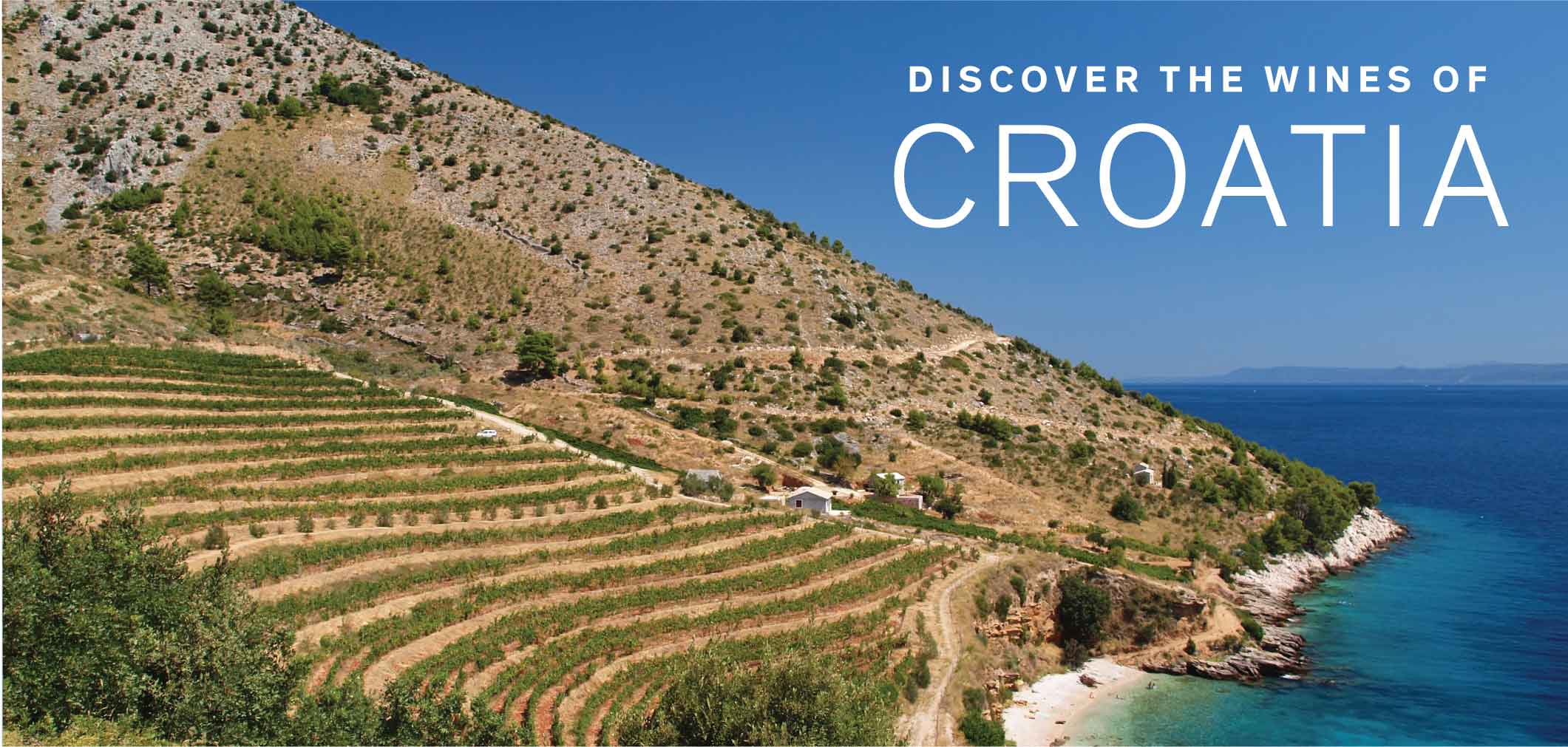
An ancient wine region with a bright future
Admired for its natural beauty and impressive architecture, Croatia is also becoming a hotspot for wine lovers.
Wine writers have been singing the praises of Croatian wines since the fifth century BCE. Some vineyards on the island of Hvar are thought to be over 2,500 years old – possibly the oldest continuously cultivated vineyards in the world. Today, the country is home to a vast catalogue of indigenous and international grapes and thanks to modernized growing and winemaking techniques and equipment, is becoming known as a world-class producer.
Wines to Try
Start discovering exciting Croatian wines with our curated list.
Regions to Know
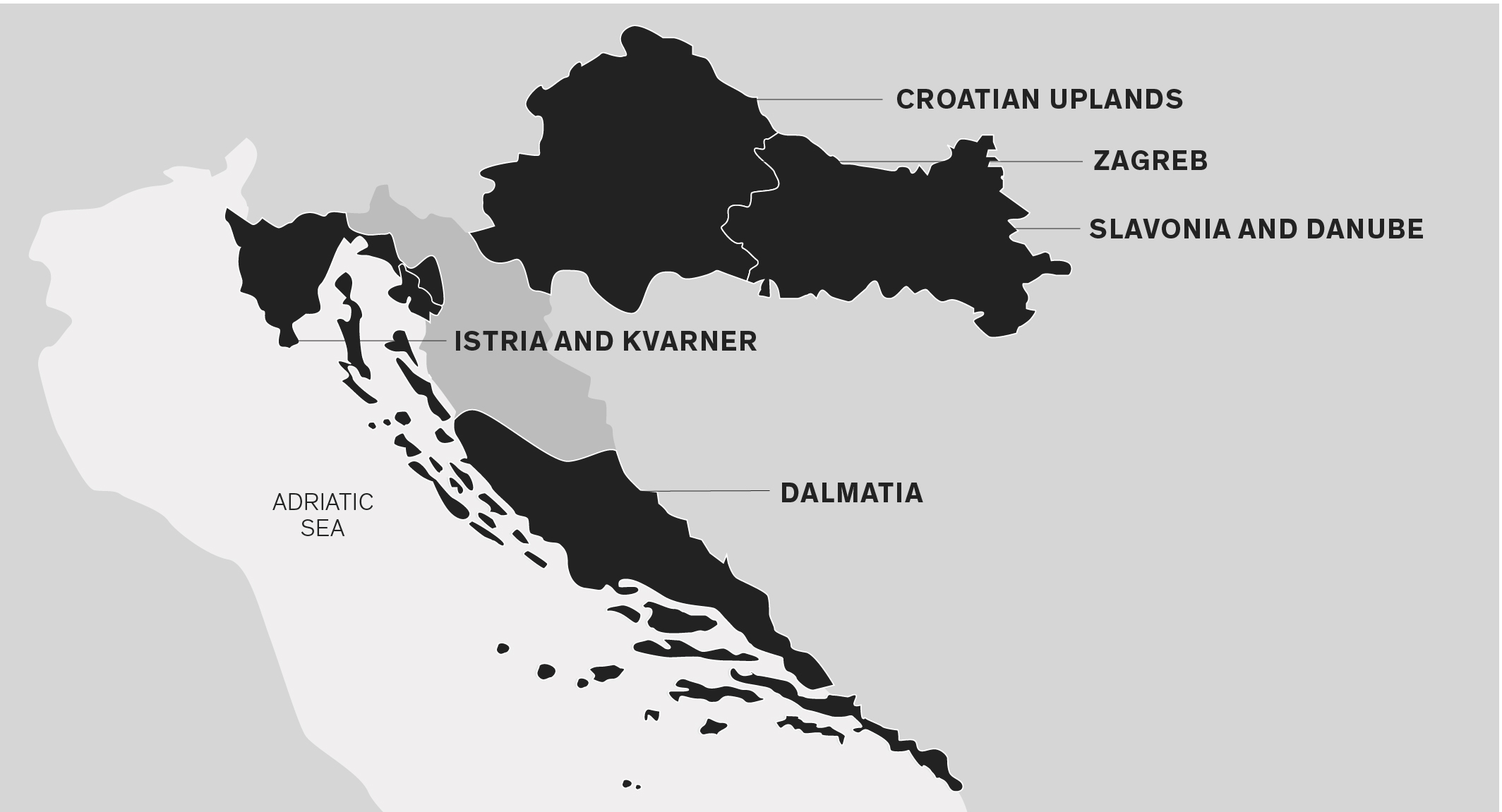

Dalmatia
Hvar, Korcula and Vis are the most well-known of the more than 1,200 islands in Croatia’s southernmost wine region. Rich, buttery Pošip is the most widely planted white grape here, while reds are typically made from bold, powerful Plavac Mali. Recently, DNA testing confirmed that Italian Primitivo (aka Zinfandel) derives from Crljenak Kaštelanski, a grape indigenous to this region.

Slavonia and Danube
In the country’s northeast, Croatia’s largest wine region is dominated by a vast plain enclosed by the Danube, Drava and Sava rivers. Supple Graševina is the region’s top white variety, and well-balanced, fruity Frankovka, blended or used on its own, is the most widely planted red. Producers are also experimenting with Burgundian (Pinot Noir and Chardonnay) and Bordeaux (Cabernet Sauvignon and Merlot) varietals.

Croatian Uplands
Home to some of the country’s most renowned vintners, this region has some of the coolest, wettest conditions in all of Croatia. Best known for its white wines from indigenous varieties such as Mirkovača, Moslavac and Škrlet (famed for fresh, fruity wines) the Uplands are gaining acclaim for sweet late-harvest and Icewines. The red grape Portugizac is also getting a reputation as the Croatian Beaujolais for its light, fruity style.

Istria and Kvarner
This dynamic region is home to an abundance of innovative winemakers. Sometimes called the Croatian Tuscany, it’s hemmed in by the Adriatic on one side and the Dinaric Alps on the other. Coastal wines tend toward fruity styles, while inland wines are typically more mineral and floral. Indigenous varieties like Malvazija, with mineral and citrus flavours, as well as berry-laden Teran, thrive alongside international grapes like Pinot Blanc and Merlot.
Croatia’s Key Varietals

Plavac Mali
Croatia’s best known and most widely planted red grape, Plavac Mali makes big, well-structured wines brimming with notes of rose blossom, baked fruit, peppercorn and chocolate.
TRY IT WITH: A long, slow braised osso buco or peppercorn steak.

Babić
A native of the central and northern Dalmatian coast, this relative of Plavac Mali is considered a fighter: it thrives in extreme locations and rocky terrain. Wines made from Babić are well balanced with great body and rounded tannins, and feature dark fruit, herbal and spice flavours. Do you like Chianti Classico? Try Babić!
TRY IT WITH: Braised lamb shanks, grilled sausages or roasted butternut squash.

Teran
Widely grown in Istria, this grape produces wines with plenty of ripe blackberry and spicy paprika notes. Bright and lively, the grape has an inherent acidity that’s softened by oak aging, which makes it a good candidate for the cellar.
TRY IT WITH: Crisp roast duck or black truffle risotto.

Pošip
Native to the island of Korčula but grown throughout Dalmatia, this was the first Croatian grape with a protected geographical origin. When fermented in stainless steel tanks, the wine is fresh and aromatic. Aged in oak, it has more body and a rich, buttery texture.
TRY IT WITH: Red snapper or a fresh tabbouleh.

Malvazija Istarska
This is the country’s third most-planted white varietal. It’s defined by its tangerine aromas and a minerality with a pleasant saltiness. Cooler growing conditions create wines featuring nectarine and apple flavours, while warmer regions offer a more exotic style with banana notes.
TRY IT WITH: Grilled lobster tails or seared halibut.

Graševina
An ancient grape of mysterious origins, Graševina grows easily in a variety of conditions and is planted throughout Croatia. Wines range from rich and concentrated with exotic fruit notes in the south, to aromatic and fresh, crisp apple flavours in the cool inland hills.
TRY IT WITH: Pork satay or shrimp with garlic butter.
Fast Facts
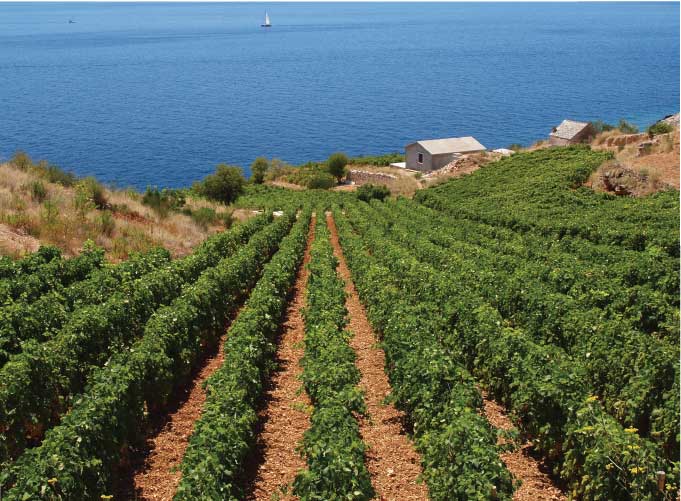
Variety show
Hundreds of grape varieties are planted in Croatia, including 120+ indigenous ones (about 40 of these are widely used).
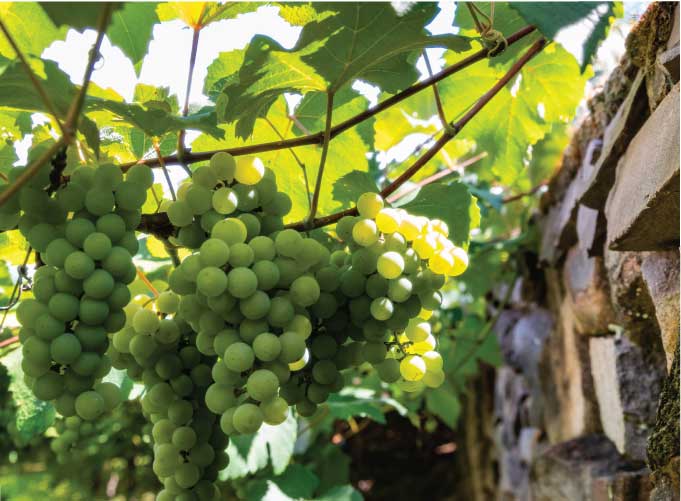
Millennia-old vineyards
The UNESCO-listed Stari Grad Plain on Hvar still has its original layout of geometric parcels, or chora, divided by stone walls.
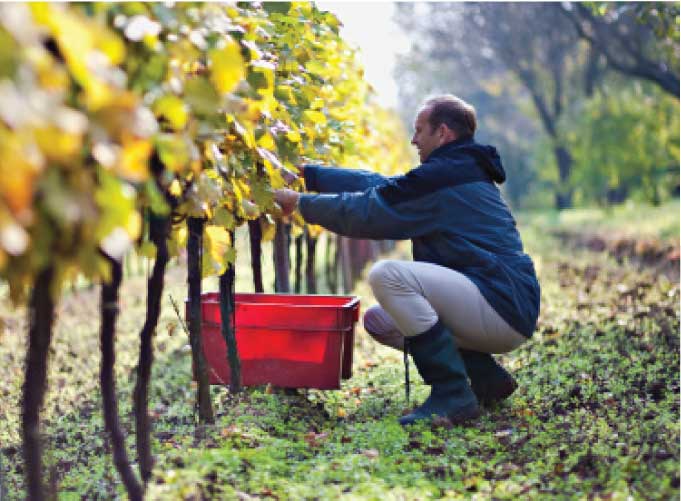
Rare finds
The majority of Croatian wine isn’t exported – so don't miss out on our special curated collection!
